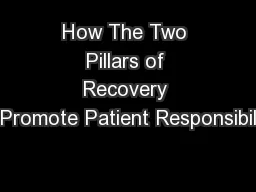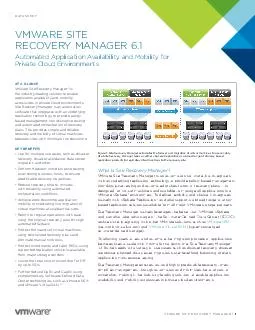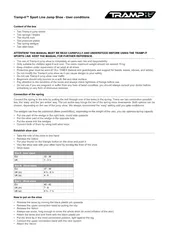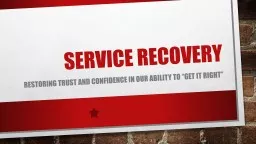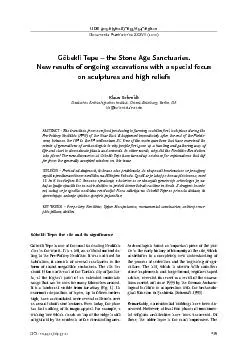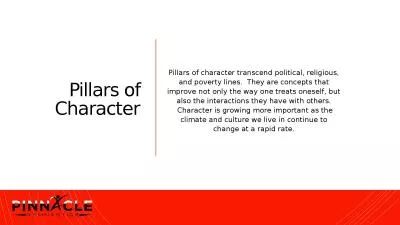PPT-How The Two Pillars of Recovery Promote Patient Responsibil
Author : danika-pritchard | Published Date : 2016-09-06
Geoff Kane MD MPH HUB Teleconference April 14 2014 Themes Vulnerability Empathy Responsibility Accountability Honesty Feelings Emotions Authenticity Spirituality
Presentation Embed Code
Download Presentation
Download Presentation The PPT/PDF document "How The Two Pillars of Recovery Promote ..." is the property of its rightful owner. Permission is granted to download and print the materials on this website for personal, non-commercial use only, and to display it on your personal computer provided you do not modify the materials and that you retain all copyright notices contained in the materials. By downloading content from our website, you accept the terms of this agreement.
How The Two Pillars of Recovery Promote Patient Responsibil: Transcript
Download Rules Of Document
"How The Two Pillars of Recovery Promote Patient Responsibil"The content belongs to its owner. You may download and print it for personal use, without modification, and keep all copyright notices. By downloading, you agree to these terms.
Related Documents

